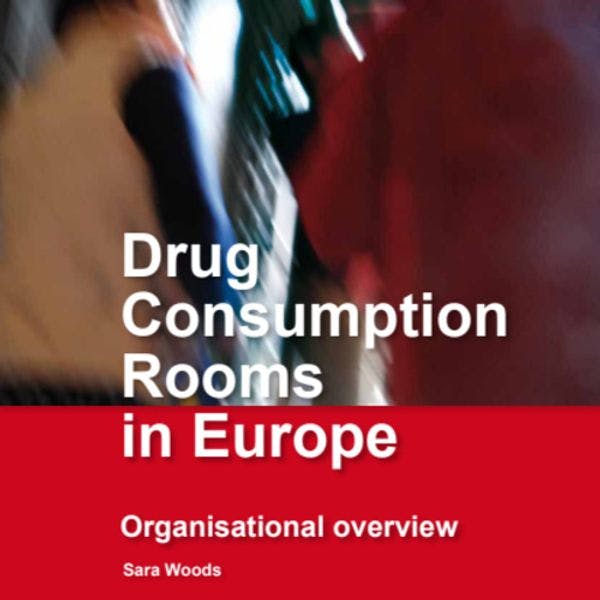Les salles de consommation à moindre risque en Europe
Ce rapport fournit un aperçu de l'organisation et des méthodes de travail des salles de consommation à moindre risque en Europe. Pour en savoir plus, en anglais, veuillez lire les informations ci-dessous.
Abonnez-vous à l'Alerte mensuelle de l'IDPC pour recevoir des informations relatives à la politique des drogues.
This report provides an overview of the organisation and working methods of drug consumption rooms (DCRs) in Europe. It offers information about the functioning of DCRs as well as on the organisation and structure of such facilities and aims to benefit various groups of stakeholders. Chapter 1 will commence with the definition, background and a brief history of DCRs in Europe, followed by the methodology of this study in chapter 2. In the third chapter of this report, some general aims and objectives and a breakdown into a number of specific objectives (Hedrich et al, 2011), the text continues with an elaboration on how the DCRs work on an environment for safer drug use (chapter 4) and improving the health status of drug users (chapter 5).
Moreover, in line with the survey tool employed in a previous survey among Dutch DCRs (Havinga & Van der Poel, 2011), which was adapted for use in the present study, this report elaborates on several other crucial aspects of the organisation and working methods of DCRs. The general services on offer at DCRs (chapter 6) will be discussed, particularly those addressing non-health related issues, and focusing more on the social status or well-being of drug users. Details on the differences in staff functions and the trainings offered to the staff (chapter 7) and the way facilities involve peers in various organisational elements of the DCR (chapter 8) are also examined.
After this European overview with insights into the way DCRs organise and structure their facilities and services, the final chapter pays some attention to the future of DCRs, and elaborates briefly on what those currently involved in the running of DCRs consider to be important when setting up a new facility (chapter 9). Our overview study concludes with some relevant remarks when considering the foundation of a new DCR service.
All in all this report, in its discussion of aims, objectives, services, organisational structure and points of importance, is primarily directed at all who are involved in DCRs in Europe and beyond, or those who wish to set up a DCR in a new location. However, it may also be of interest to anyone concerned with the provision of basic services to drug users in Europe.
Keep up-to-date with drug policy developments by subscribing to the IDPC Monthly Alert.
Téléchargements
Profils associés
- European Harm Reduction Network (EuroHRN)
